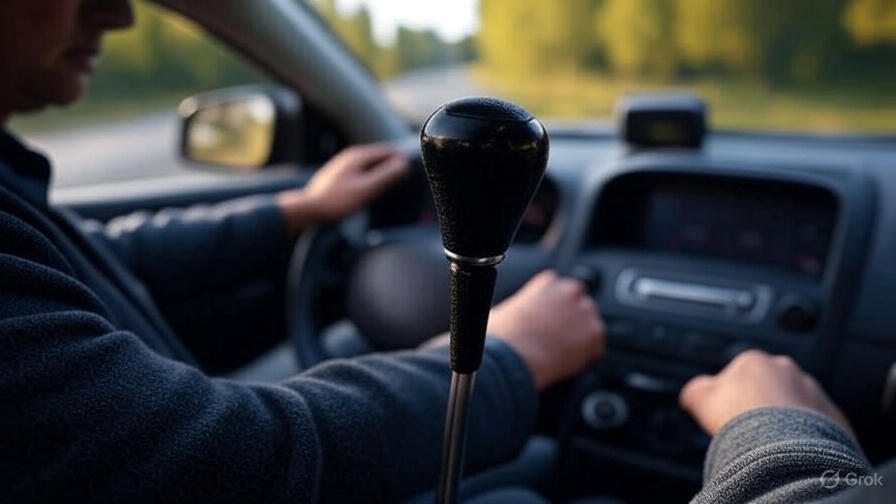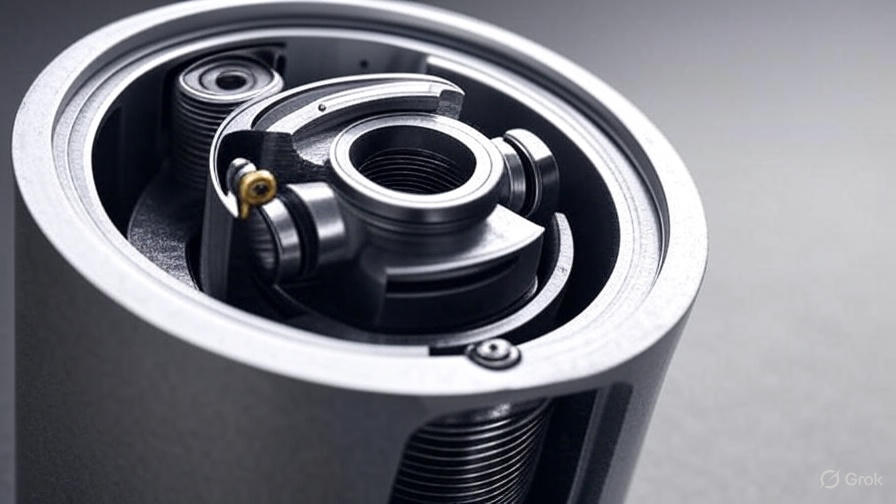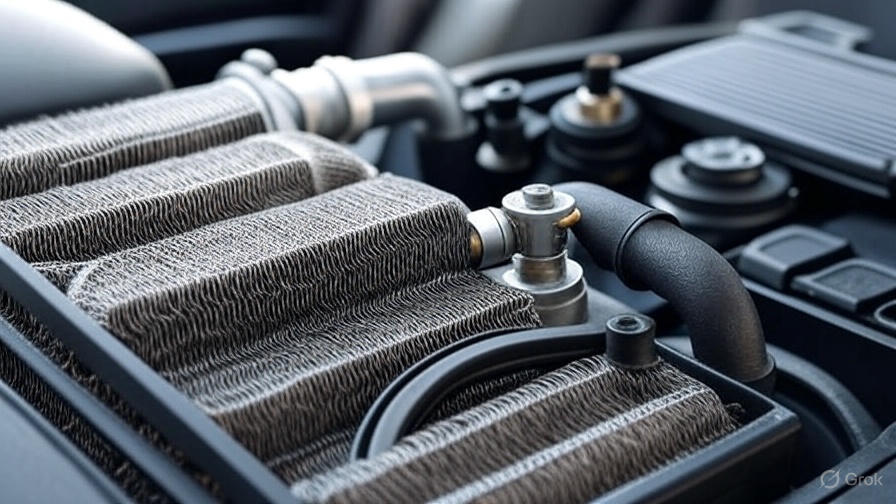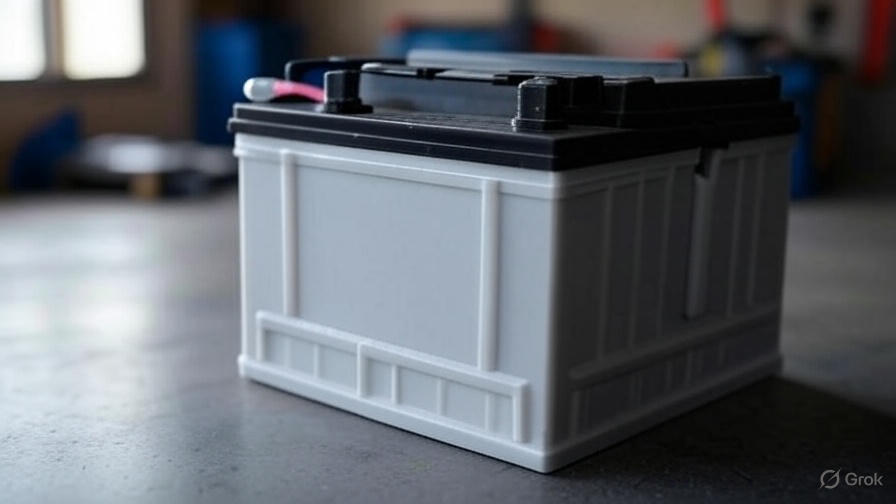Learning to drive a manual transmission car opens up a world of driving possibilities. Stick shift vehicles offer better fuel economy, enhanced control, and pure driving satisfaction. This comprehensive guide walks you through everything you need to master manual transmission driving.
Getting Familiar with Manual Transmission Components
The clutch pedal sits on the far left of your three pedals. This pedal disconnects the engine from the transmission when you press it down. The brake pedal occupies the middle position, while the accelerator (gas pedal) sits on the right.
Your gear shifter typically displays a pattern showing gear positions. Most manual cars feature five or six forward gears plus reverse. The gear pattern usually shows 1-2 at the top, 3-4 in the middle, and 5-6 at the bottom, with reverse positioned separately.
The tachometer becomes your best friend when learning stick shift. This gauge shows engine RPM (revolutions per minute) and helps you determine optimal shift points. Most cars shift smoothly between 2,000-3,000 RPM during normal driving.
Pre-Driving Setup and Safety Checks
Before starting your manual transmission journey, adjust your seat properly. You need to reach all three pedals comfortably while maintaining good visibility. Your left leg should have enough room to fully depress the clutch without stretching.
Set your mirrors and steering wheel position. Manual driving requires both hands on the wheel more frequently than automatic driving. You’ll be shifting gears regularly, so comfortable hand positioning prevents fatigue.
Check that your parking brake engages securely. Manual cars rely heavily on the parking brake, especially on hills. Test the brake’s holding power before driving in challenging terrain.
Starting Your Manual Transmission Car
Press the clutch pedal completely to the floor with your left foot. Keep the clutch engaged throughout the starting process. Most modern manual cars won’t start without the clutch pedal depressed – this safety feature prevents the car from lurching forward.
Turn the ignition key or press the start button while holding the clutch down. The engine should start normally. Keep your right foot ready near the brake pedal, not the accelerator.
Once the engine runs, check your gear shifter position. The transmission should be in neutral (center position) when starting. If you feel resistance moving the shifter, you might still be in gear.
Mastering First Gear and Getting Moving
Starting from a complete stop requires patience and practice. Press the clutch pedal fully and shift into first gear. You’ll feel the shifter click into position – don’t force it.
Begin releasing the clutch slowly while gently pressing the accelerator. The key lies in finding the “friction point” – the moment when the clutch begins engaging the transmission. Your car will start moving forward at this point.
The friction point feels different in every manual car. Some clutches engage high up in the pedal travel, while others catch lower down. Spend time in a safe area practicing this critical skill.
Release the clutch completely once your car moves smoothly forward. Keeping your foot partially on the clutch (called “riding the clutch”) wears out components quickly and creates unnecessary heat.
Shifting Through the Gears
Upshifting becomes second nature with practice. Accelerate in first gear until your tachometer reaches 2,500-3,000 RPM. Press the clutch pedal fully while simultaneously lifting your foot off the gas.
Move the gear shifter smoothly into second gear. Avoid forcing or rushing the shift – let the transmission guide the shifter into position. Release the clutch while gently applying accelerator pressure.
Continue this pattern for higher gears. Third gear typically engages around 25-30 mph, fourth gear around 40-45 mph, and fifth gear at highway speeds. Your car’s engine sound and tachometer readings help determine optimal shift points.
Downshifting requires similar coordination but serves different purposes. You’ll downshift when slowing down, climbing hills, or passing other vehicles. Press the clutch, move to a lower gear, and match your engine speed to your road speed.
Hill Starts and Advanced Techniques
Hill starts challenge new manual drivers more than any other skill. Position your car on a gentle incline to practice this essential technique. Engage the parking brake before attempting your first hill start.
Press the clutch and shift into first gear. Begin releasing the clutch until you find the friction point. You’ll feel the car trying to move forward against the parking brake. Hold the clutch at this position.
Apply gentle accelerator pressure while slowly releasing the parking brake. Your car should move forward without rolling backward. This technique prevents rolling into traffic behind you.
Rev matching improves your downshifting smoothness. When downshifting, blip the accelerator while the clutch is depressed. This technique matches engine speed to transmission speed, creating smoother shifts and reducing wear.
Stopping and Parking Procedures
Stopping in a manual car requires planning ahead. Begin braking earlier than you would in an automatic transmission. Press the clutch pedal when your engine RPM drops too low to prevent stalling.
You can downshift while braking to help slow the car down. This technique, called engine braking, reduces wear on your brake pads and provides better control on long downhill grades.
Come to a complete stop with the clutch pedal depressed and the transmission in neutral. Apply the parking brake every time you park, regardless of terrain. Manual cars can roll even on seemingly flat surfaces.
Common Mistakes and How to Avoid Them
New manual drivers often stall their engines during the learning process. Stalling happens when you release the clutch too quickly without enough accelerator input. Don’t panic when this occurs – simply restart the engine and try again.
Grinding gears indicates improper clutch operation or forced shifting. Always press the clutch completely before shifting. If you hear grinding sounds, stop forcing the shifter and start over.
Rolling backward on hills frustrates many beginners. Practice hill starts in safe locations away from traffic. Master the parking brake technique before attempting hill starts in busy areas.
Riding the clutch wastes fuel and damages components. Rest your left foot on the floorboard, not the clutch pedal, when cruising. Only use the clutch when shifting or coming to a stop.
Traffic and Real-World Driving Situations
City driving with a manual transmission requires anticipation and planning. Watch traffic patterns ahead to avoid unnecessary stops. Coasting in gear with your foot off the accelerator can help you time traffic lights.
Highway merging demands confident acceleration. Don’t hesitate to downshift for more power when entering busy highways. Your manual transmission gives you instant access to the engine’s power band.
Parking lots provide excellent practice opportunities. Empty lots let you practice starts, stops, and low-speed maneuvering without traffic pressure. Use these spaces to build confidence before driving on busy roads.
Traffic jams test your clutch control skills. Maintain smooth, slow speeds by slipping the clutch slightly. This technique prevents constant starting and stopping but should be used sparingly to avoid clutch wear.
Maintenance Tips for Manual Transmissions
Manual transmissions require specific maintenance attention. Check your clutch fluid level regularly – low fluid can cause shifting problems and clutch failure. Most cars use brake fluid for the clutch hydraulic system.
Replace transmission oil according to your manufacturer’s schedule. Manual transmissions use gear oil, which differs from engine oil. The correct viscosity rating ensures smooth shifting in all weather conditions.
Pay attention to clutch pedal feel changes. A clutch pedal that feels different – too high, too low, or spongy – indicates potential problems. Address these issues early to prevent expensive repairs.
Listen for unusual noises when shifting or operating the clutch. Grinding, whining, or chattering sounds suggest transmission or clutch problems requiring professional attention.

Benefits of Driving Manual Transmission
Manual transmissions deliver superior fuel economy compared to older automatic transmissions. The direct connection between engine and wheels eliminates power losses through torque converters.
Driving engagement increases dramatically with manual transmissions. You become more involved in the driving process, leading to better awareness and more enjoyable trips.
Manual transmissions cost less to purchase and maintain. Fewer complex components mean lower repair bills and longer transmission life with proper care.
Cold weather starting benefits from manual transmissions. You can push-start a manual car if the battery dies, a technique impossible with automatic transmissions.
Advanced Manual Driving Techniques
Double-clutching helps with difficult downshifts. Press the clutch, shift to neutral, release the clutch briefly, press it again, then shift to the lower gear. This technique synchronizes gear speeds manually.
Left-foot braking works only with manual transmissions. Use your left foot for braking while your right foot controls the accelerator. This technique helps with performance driving and precise speed control.
Heel-toe downshifting combines braking and rev-matching. Use your right heel for braking while blipping the throttle with your toe during downshifts. This advanced technique requires significant practice.
Building Confidence and Muscle Memory
Start practicing in empty parking lots before venturing onto roads. Spend several sessions just getting comfortable with clutch engagement and basic shifting. Build your skills gradually without outside pressure.
Practice different scenarios repeatedly. Work on hill starts, parallel parking, and stop-and-go traffic situations until they become automatic responses.
Take your time learning – rushing leads to bad habits and potential accidents. Every expert manual driver started as a beginner. Consistent practice builds the muscle memory needed for smooth operation.
Final Thoughts on Manual Transmission Mastery
Driving a stick shift connects you to automotive tradition and provides unmatched driving satisfaction. The learning curve seems steep initially, but persistence pays off with increased driving skills and enjoyment.
Your first few weeks with manual transmission will challenge your patience. Expect some stalling, grinding, and frustration – these experiences are normal parts of the learning process.
Once mastered, manual transmission skills last a lifetime. You’ll appreciate the control, efficiency, and pure driving pleasure that automatic transmissions simply cannot provide.
The journey to manual transmission mastery begins with understanding the basics and progresses through consistent practice. Take your time, stay patient, and enjoy discovering what real driving feels like.



